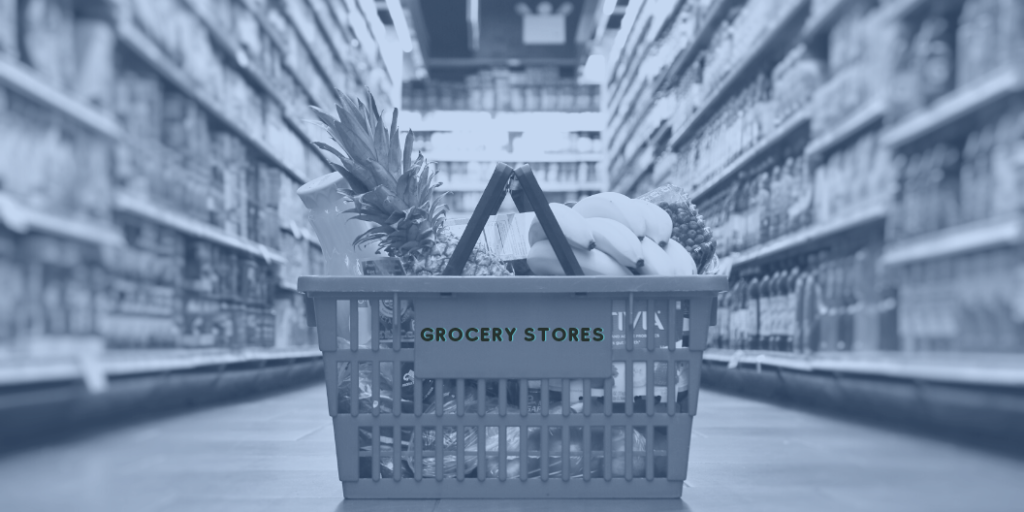There are more media being used to advertise services and sell products than ever before. If you are a hotel chain, you may advertise room availability in a roadside ad booklet, web site, and mobile app. Each of these communication channels indicate a different relationship with the traveler, and expectation of different user behavior. When it comes to pricing, how much should your medium matter?
Roadside Ad Booklets
Rest stops on highways frequently have ad booklets filled with hotel and motel ads. The booklets are published monthly, and typically will list several roadside options for each highway exit. The competing hotels list prices, as well as different services they offer, such as breakfast, a swimming pool, or cable TV.
Prices here can only change when the booklet is reprinted, at the beginning of each month. To be successful, hoteliers have to either compete on price, which is easy for any traveler to see, or by offering better services. The prices aren’t dynamic, but they can be modified each month, and sales results can help guide the pricing strategy.
Web Sites
Pricing starts to get more interesting on a website. Typically, if travelers are perusing their overnight stay options on a website, they probably haven’t left their home yet. They may be on their browser, looking at competing hotel options and prices.
Their travel dates are a factor to consider as well. Are they going during peak or off-season? How much time is there between the search date and the travel date? Are they travelling alone, or will they need additional rooms for their children?
For dynamic pricing to be effective, the system needs to take all that information into consideration as it calculates a price. It also needs to look at similar hotel offers, as well as check if the traveler is part of a loyalty program.
Mobile Apps
Mobile apps may be the most interesting medium when it comes to price. Travelers using apps to book rooms are typically already on the road, looking for a place to stay that night. They frequently are earning loyalty points in some fashion, and can’t hop around as easily from one app to the next as they might on a browser.
In short, the customer on the app is almost locked into a hotel chain. The hotelier, depending on the strategy, can dynamically apply higher room rates for app users, since there is less competition, or reward the consumer for loyalty with the expectation that they will have more night stays over the course of a year, and offer a lower price.
Looking Back at the Medium
It’s clear that the medium should have a large impact on the price presented to the customer. The strategy for print ads, websites and mobile applications need to take into consideration the customer’s elasticity, the ease in which they can see competitive pricing, and their loyalty when calculating a price. Determining prices requires a powerful dynamic pricing engine that uses artificial intelligence to find the optimal room rate for each medium.








